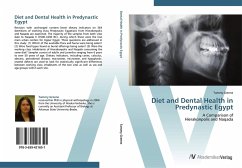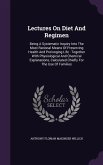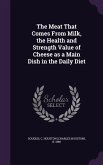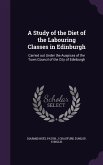Revision with unchanged content. Seven dietary indicators on 364 dentitions of working class Predynastic Egyptians from Hierakonpolis and Naqada are examined. The majority of the samples from both sites date to Naqada II (3500-3200 BC), during which these were the two main urban centers for Upper Egypt. Three questions are addressed in this study. (1) Which of the available flora and fauna were being eaten? (2) Were food types found as burial offerings being eaten? (3) Were the working class inhabitants of Hierakonpolis and Naqada consuming the same diet? Samples consist of adults and juveniles ranging from 6 years to over 50 years of age. Dietary indicators, including caries, calculus, abscess, periodontal disease, macrowear, microwear, and hypoplastic enamel defects are used to look for statistically significant differences between working class inhabitants of the two sites as well as sex and age groups within each site.
Hinweis: Dieser Artikel kann nur an eine deutsche Lieferadresse ausgeliefert werden.
Hinweis: Dieser Artikel kann nur an eine deutsche Lieferadresse ausgeliefert werden.








